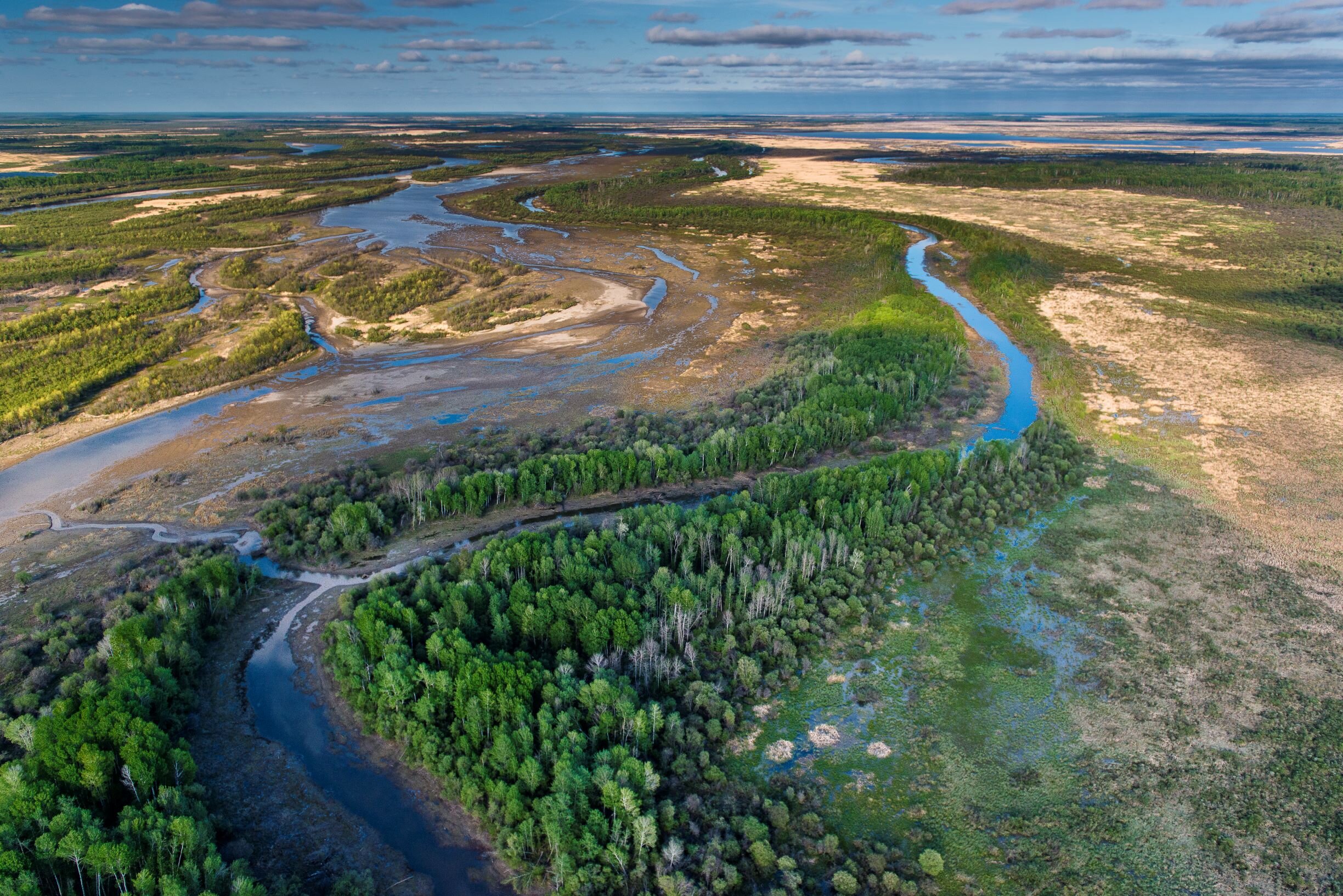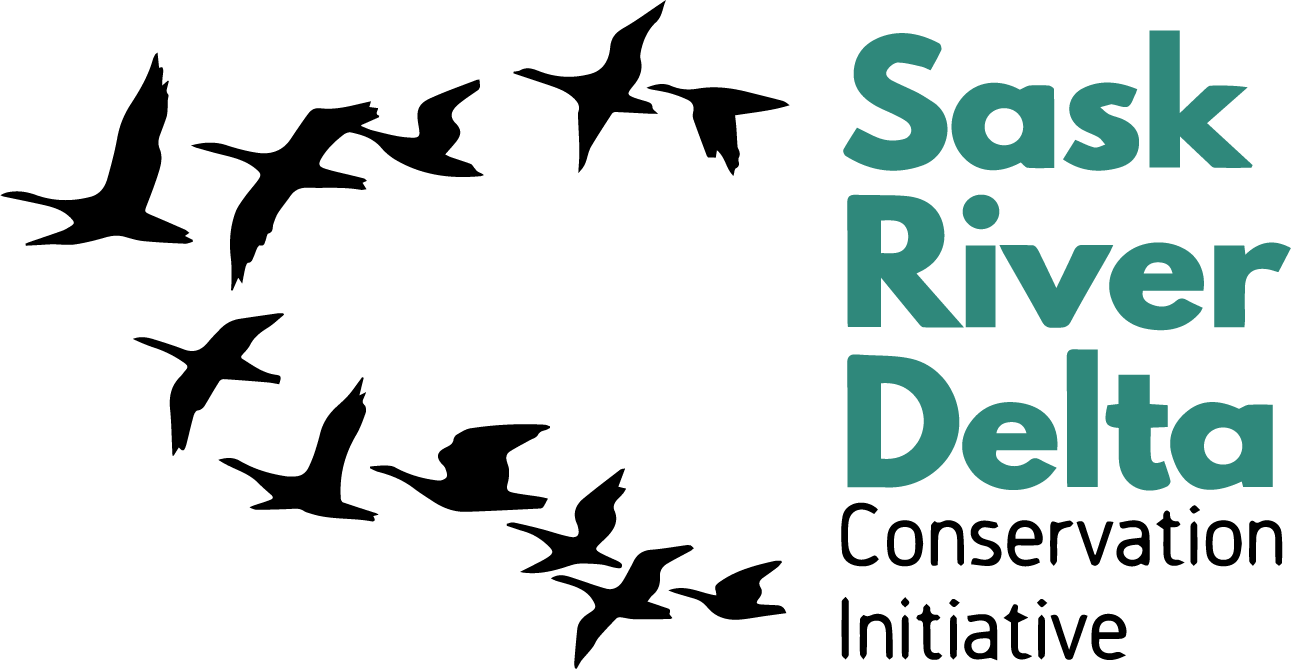
Why are we pushing for the protection of the Delta?
This is our responsibility as the upstream neighbours of the Delta.
It’s not just about the pollution we put into the water: it’s what we’re taking out of it too.
The rivers that feed the delta support many competing water-uses, such as supplying drinking water to cities, creating electricity, and supplying crops with water for irrigation.
While the water supply currently meets demands, it comes at a cost of drying out the Delta. In order to prevent the Delta from completely drying out, we need a management strategy for the Delta that emphasizes the sustainable use of our water, and protective legislation that ensures the strategy is enforced.
The Delta is a biodiversity hotspot, and it is only through sustainable use of its water that we can protect the thousands of species that live there and the cultural significance that can only come from thousands of years of Indigenous history.
What are we taking from the Delta?
Dams are able to effectively impound all kinds of sediment carried with the water. Downstream of the dam, the water becomes sediment-deficient and erosive.
The lack of sediment carried to the ecosystem results in a depletion of nutrients and a lack of growth in a less productive ecosystem that no longer allows species to thrive as they once did.
Submerged vegetation has more difficulty growing, marshes and wetlands become stagnant, and habitat and spawning areas diminish. This affects all delta-users; insects, fish, birds, mammals, and of course, the people who rely on the Delta for sustenance.
Nutrients
With less water flowing into the wetlands of the delta, animals that were once present are forced to move out of their old habitat range for ecosystems that can support them. Once filled with moose and muskrat, locals have noted a severe decline in these species in the past four decades.
Less water flow has also meant shallower water bodies that now freeze all the way to the bottom in the winter. This has resulted in collapsing fish populations, which many species and locals alike rely upon.
With the disappearance of native species, invasive species are moving in and further deteriorating natural habitat.
Wildlife
The Delta and all the species that live there were able to support people for 7000 years. Today, with species dwindling and habitat deteriorating, livelihoods are being impacted. The community can no longer rely upon a moose harvest, trapping muskrats, or catching fish as a main food source.
Not being able to rely upon the land, a connection is lost; a connection that has been successfully passed onto each generation for thousands of years.
The people of the delta aren’t just fighting for their land, they are fighting for their culture, their religion, their history, and their way of life.
